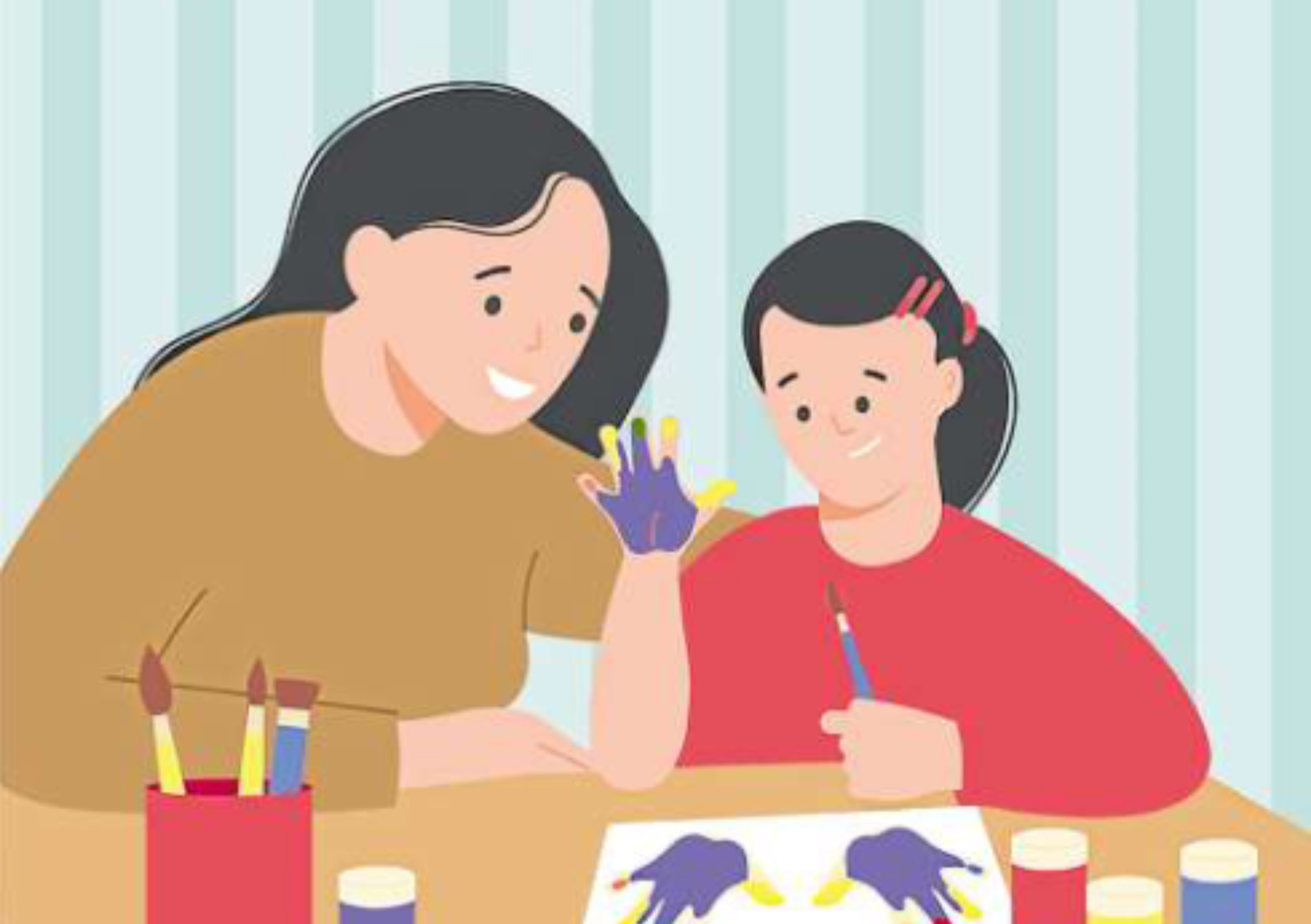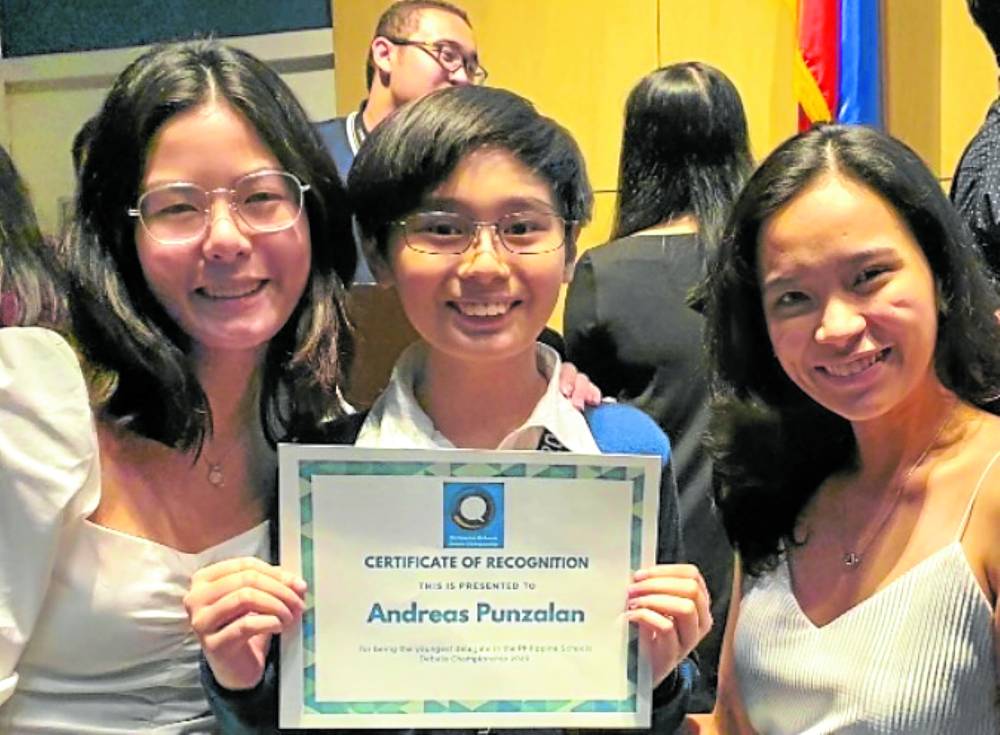Nothing scares parents more than losing a child. We do everything in our power to keep our children safe.
In the past, teaching the kids the “Stranger Danger” rhyme seemed enough, along with a few common reminders to stay off the streets and avoid dark corners.
But times have changed and today, the “stranger” is no longer an unknown person, but the familiar and constant companion of our children, the internet.
The internet is a complex and complicated creature that can’t be classified simply. It can be a parent’s savior with its numerous resources and opportunities to bring loved ones closer. However, it can also be a parent’s worst nightmare with lurking pedophiles, psychopaths and bullies.
Add to this a growing number of harmful videos, applications, trending suicide games and challenges, with the infamous Momo Challenge currently trending.
The Momo Challenge is basically a suicide challenge, not unlike its predecessor, the Blue Whale Challenge. While the administrators of the Blue Whale Challenge supposedly got in touch with their victims through Facebook, videos of Momo are supposedly found on YouTube.
Momo is actually nothing more than a photo of a Japanese sculpture created by Keisuke Aisawa for a special effects company. The complete image actually looks quite humorous, but only the face is shown in order to provoke young children.
It started as a message from people on WhatsApp assuming a “Momo” character, sending teenagers messages with lighthearted and fun tasks. Once they draw the kids’ attention the tasks become darker, with instructions such as watching horror films, staying up late, refraining from speaking to anyone, hurting themselves and, finally, committing suicide.
There is a threat of harm to the child or his family should “Momo” be disobeyed.
Classic moral panic
Fortunately, it has recently been proven to be a hoax. Consider it like a chain letter, which warns that failure to send it to 10 friends within three days or so would lead to a death or some other unfortunate event.
American writer Benjamin Radford has compared the reaction to “classic moral panic,” with parents seeing their lack of knowledge as a danger to youth and society.
But the damage has been done. The hoax has given rise to a number of copycat groups. There will never actually be a “Momo” or Blue Whale administrator who will contact children at random, but there will always be members of society who are vulnerable to narratives such as these.
Such things will also attract people who get a thrill from causing trouble, or, in some cases, are simply reckless in spreading it, not realizing the dangerous consequence of their actions.
This could be the explanation for a recent case involving the death of an 11-year-old boy in the Philippines. According to his parents, the child never showed signs of depression and had no reason to end his life. And yet, less than a month ago, he intentionally overdosed on gout medicine and died.
His social media account showed that he and a classmate had been exchanging self-harm videos, and spending late nights watching horror movies.
There is also a red flag in the child’s story of a classmate who had slashed his hand in class.
With no clear enemy, what is a parent to do to keep a child safe these days?
We must first understand who or what we are dealing with. The danger is not Blue Whale or Momo or whatever name it will someday take on, but danger will always be around, whether in real life or online.
In a few months, Momo will be forgotten but a new one will take its place, and it will certainly not be the last.
Setting limits
The real danger is when we fail to educate our children on good online practices. We constantly tell them to stay away from people who try to physically take them or invite them to go somewhere, and yet many of us don’t say anything when the children play games with unknown players or respond to random strangers on social media.
Just because our children are home does not mean they are safe, if they don’t know what they are doing online.
We can start by setting privacy and age-appropriate limits and modes, and explaining why, including declining friend requests and invitations from strangers.
Remind the kids never to give personal information such as their name, address, school, parents’ office, contact number and e-mail address.
Before children sign up for anything that requires their e-mail address or a cell-phone number, parents can evaluate if the website is legitimate and age-appropriate.
If possible, keep video games and YouTube viewing at home. This may be a problem for families with children who use their own personal gadgets in the privacy of their rooms. But there are now apps that can help parents monitor the sites children visit for control over the content. No parent is ever too old to learn to do this, and it is never to late to start learning how to use technology.
Vigilance and alertness are also key in spotting danger. Watch out if a child suddenly becomes secretive or starts suspicious and uncharacteristic activities; drastically increases time online; switches tabs or closes windows when you appear; has an increased number of new unknown contacts; begins acting angry or withdrawn after time online.
Of course, it might simply be innocent messaging with a school crush, but a healthy dose of skepticism can go a long way in keeping children safe.
Nothing beats old-fashioned communication and active physical presence. Be present in your children’s lives and pay attention to what they say. If they are secure or receive the help they need in their real lives, hopefully they won’t feel the need to look for attention and validation in the virtual world.
Just as it is important for parents to do what they can to keep the internet safe for children, it is equally important to keep it accessible in an open and transparent way.
The internet is, and will always be, a part of our lives, and with proper education and practices, it can help our children thrive and maximize their potential.
We will not always be there to guide our kids through it, but if we can promote healthy online habits and foster a culture of openness, then this will throw light on the dark corners of the web and keep it from taking root in our homes.







































